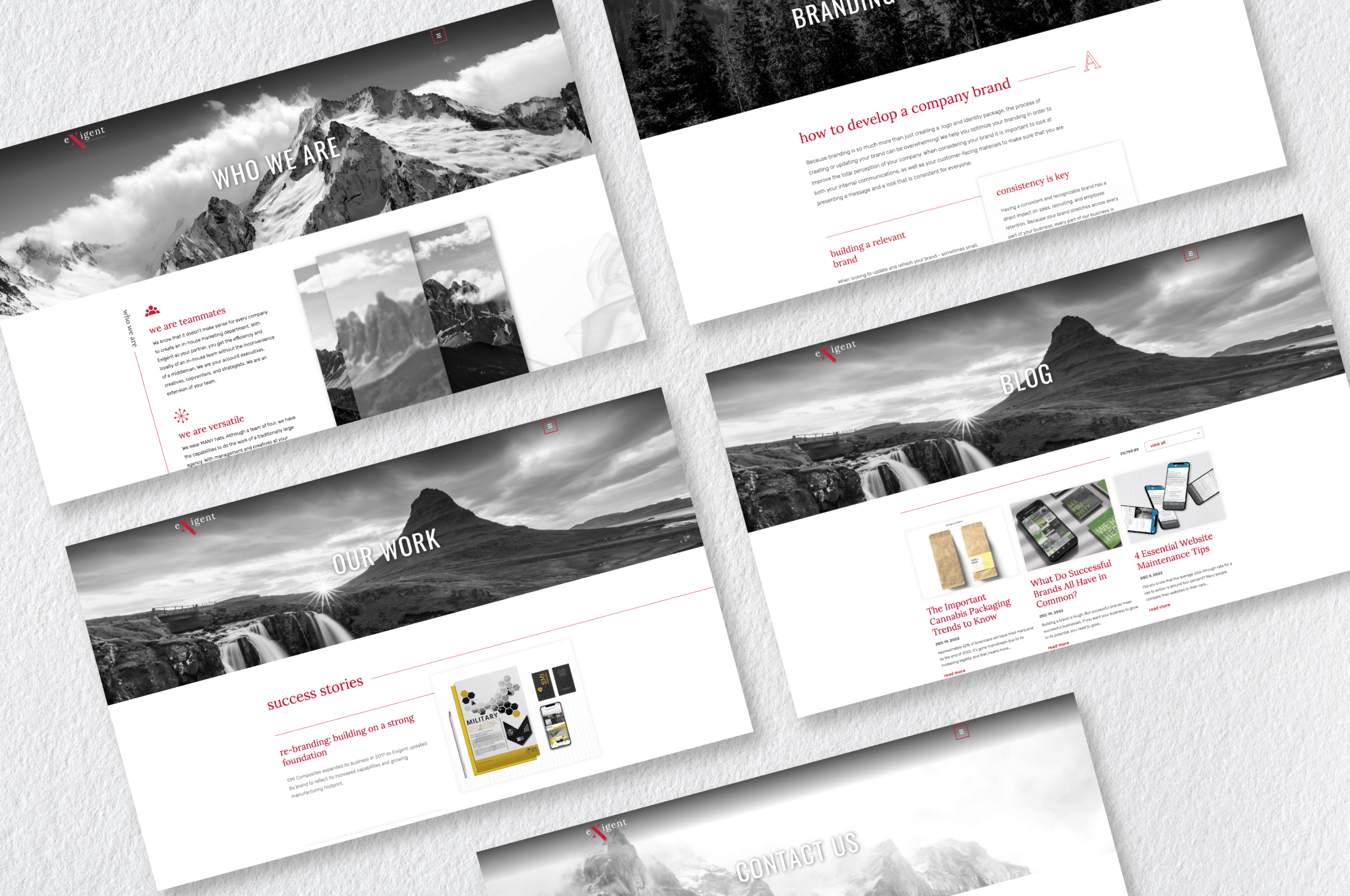How Do Architects Use Digital Design?
The Shift to Digital Design
With the emergence of digital design tools, the field of architecture has seen substantial development. Architects have adopted these technologies to improve collaboration, optimise production, and generate more complex and imaginative designs.
Creating 3D Models
Creating precise 3D models of their plans is one of the most common ways architects employ digital design. These models enable architects to visualise their concepts from many angles and perspectives. Architects can alter these 3D models using specialised software, adjusting size, materials, and lighting to gain a thorough knowledge of how the final project will look and perform.

Virtual Reality (VR) and Augmented Reality (AR)
Architects may now immerse themselves and their clients in a virtual version of their designs thanks to breakthroughs in virtual reality and augmented reality. Architects can use virtual reality technology to create interactive and immersive experiences that allow stakeholders to examine the design as if they were walking through it. Augmented reality, on the other hand, superimposes digital features onto the physical world, allowing architects to superimpose their designs onto real-world environments.
Improved Collaboration
https://www.dynamicwebdesign.com.au/our-services/website-design-company-websites/ Collaboration among architects, clients, and other stakeholders has been transformed by digital design technologies. Real-time collaboration is enabled through cloud-based platforms and project management software, allowing team members to work on the same design files regardless of their physical location. This improves communication, lowers errors, and speeds up decision-making processes.

Building Information Modeling (BIM)
BIM is a digital design method that allows architects to construct a virtual picture of a building that includes extensive information about its many components. BIM software enables architects to work with engineers, contractors, and other construction professionals. Stakeholders can discover disputes, optimise construction sequencing, and make informed decisions throughout the project lifecycle by sharing a single, centralised model.
Analysis and Simulation
Architects can use digital design tools to perform powerful analysis and simulation. Architects can analyse the performance of their projects in terms of energy efficiency, structural integrity, and environmental effect using computational design. Architects may optimise their designs, detect potential concerns, and make educated decisions to improve the overall performance and sustainability of the building by modelling numerous situations.
Environmental Impact and Sustainability
Architects play a critical role in developing environmentally friendly and sustainable constructions. Architects can use digital design tools to analyse and assess the environmental impact of their designs. Architects can optimise their designs by modelling aspects such as sunlight, wind movement, and energy usage to reduce a building’s environmental footprint, maximise natural lighting and ventilation, and include renewable energy sources.
Streamlining Documentation and Construction
Digital design tools also make documentation and construction easier. Architects may develop precise construction documentation, such as detailed drawings, specifications, and material schedules, using automated workflows and parametric design. This lowers errors, increases efficiency, and improves collaboration between the design and construction teams.
Robotics and Fabrication
As digital design technologies become more integrated with robotic fabrication processes, architects will be able to bring their plans to life with greater precision and efficiency. Robots can do 3D printing, CNC cutting, and assembly, allowing architects to construct intricate and personalised architectural features. This integration of digital design and manufacture opens up new avenues for architectural expression and building processes. See here for diverse architect websites.
Conclusion
Digital design has transformed the architectural business, allowing architects to create, collaborate, and innovate in previously imagined ways. Architects can now bring their plans to life and deliver immersive experiences for customers by developing detailed 3D models and integrating virtual reality and augmented reality. Cloud-based platforms and BIM have dramatically improved collaboration by enabling real-time cooperation and efficient communication among team members. Digital design tools’ analysis and simulation capabilities enable architects to optimise their designs for sustainability and environmental effect. Furthermore, the automation and robotic manufacturing of paperwork and building processes ensures correctness and efficiency.

As technology advances, architects will have access to progressively more powerful digital design tools. The future of digital design in architecture holds enormous potential for pushing the boundaries of creativity and innovation, from using artificial intelligence for design optimisation to utilising generative design algorithms.
Finally, digital design has become an essential component of the architectural process, allowing architects to visualise, analyse, and convey their ideas with greater precision and efficiency. Architects who use these techniques can develop structures that are not only visually beautiful, but also sustainable, useful, and optimised for the demands of their clients and the environment. The opportunities for architects are boundless as digital design technologies continue to evolve, opening the path for a new era of architectural brilliance.





